Thank you for your patience and for staying with us until the end.
This concludes the series on the Vintage Sound Buffer.
Although there have been many requests from people wanting to build it themselves or asking me to make it for them, this is a piece of equipment best created by one's own hands. If it's absolutely impossible for you to make it, please ask someone who can.
Now, let's proceed with the final adjustments, touch-ups, and a comprehensive review of the sound quality.
Final revised circuit diagram
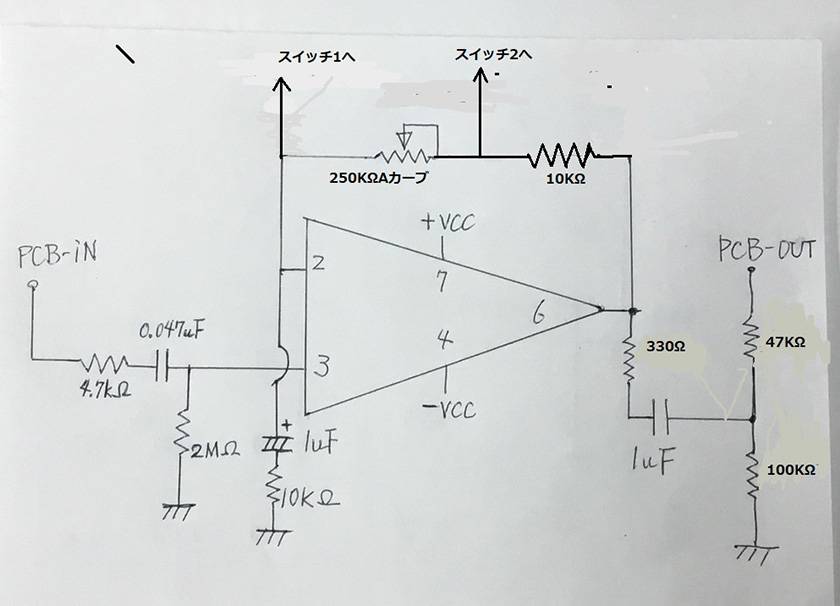
What a mistake! I forgot to include the 10KΩ resistor behind the 250K pot, so the buffer wasn't functioning properly without the boost.
Here is the correct version.
Additionally, I couldn't avoid the popping noise when using a switch in the NFB part of the OP-AMP.
I explored circuits with minimal noise, and this was the best option.
Depending on the switch quality, significant popping noise might occur, so please use a noiseless switch if possible.
Refer to my previous blog posts for the wiring details of the switch.
Now, I have installed the rare components on the circuit board and tested the sound quality.
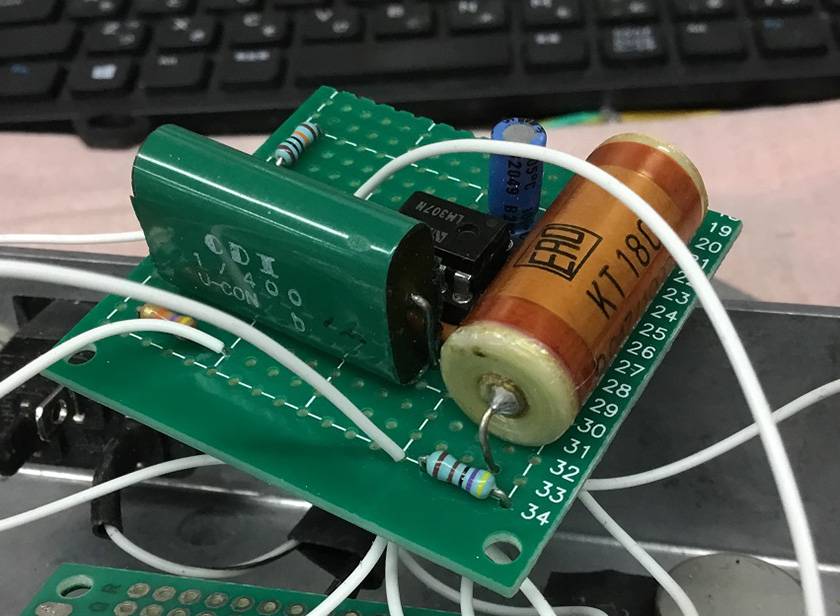
Wow, the sound is entirely different from the generic parts version.
Even when boosted, there's no distortion at all.
It delivers a solid, powerful bass with smooth and pleasant highs.
It's not like the sound from a multi-effect unit that took a long time to craft; it's just good from the start.
Even when using amps, guitars, or basses that you'd want to throw away, the sound is so improved that you'll think, "Wow, this sounds great!"
This time, I used the vintage National Semiconductor (NS) LM307N OP-AMP, which made a significant difference.
The sound it produces isn't the thin, clean sound you get with modern components.
It delivers a dense, rich sound that's packed with substance. If you're interested, I highly recommend seeking it out.
I see now why bassists are flocking to use this.
The natural sound becomes unbelievably good, making it understandable why you wouldn't feel the need to do anything more.
When used with a guitar, there's no weird distortion or degradation, so the effects connected afterward might be more effective than ever.
Wow, I've created a fantastic piece of equipment.
With that, "The Illusive Vintage Sound! Amplified Buffer" comes to an end. For the next piece of equipment (likely a headphone amp), I need to prepare a lot.
Sudden changes to the plan might happen, but please stay tuned for the next blog with patience.






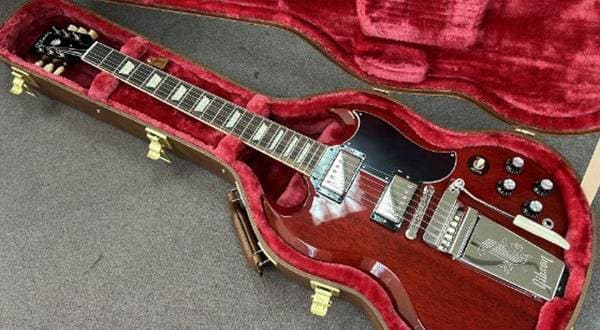

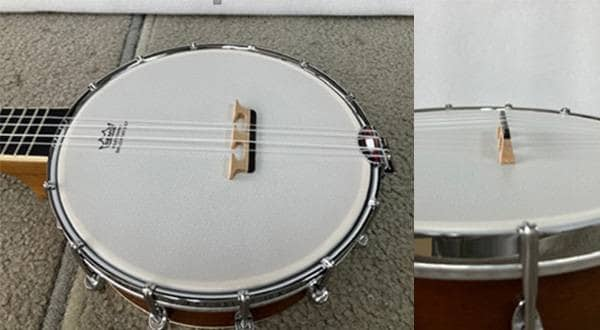
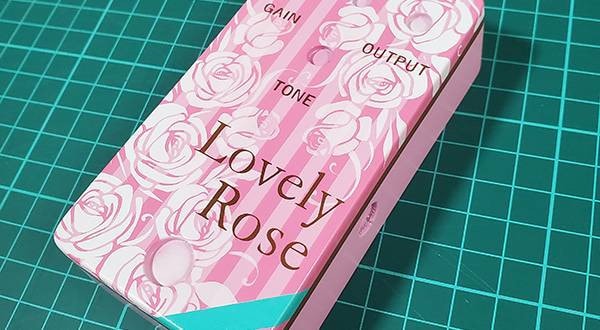
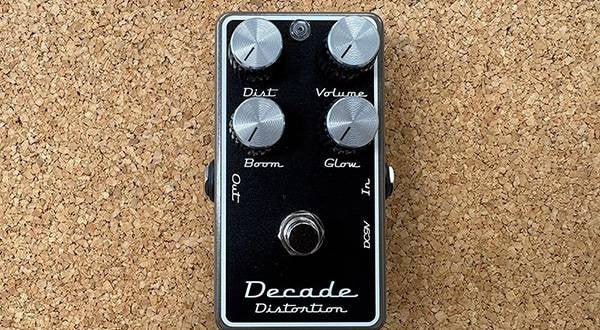
![“The Road to Your Complete DIY Equipment” 2nd Edition: The Illusive Vintage Sound! Amplified Buffer Get your hands on the legendary device exclusively used by professionals [First half, Final]](/contents/uploads/thumbs/2/2023/9/20230914_2_23923_1.jpg)
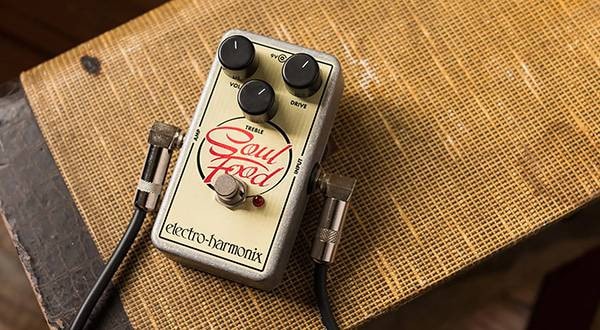
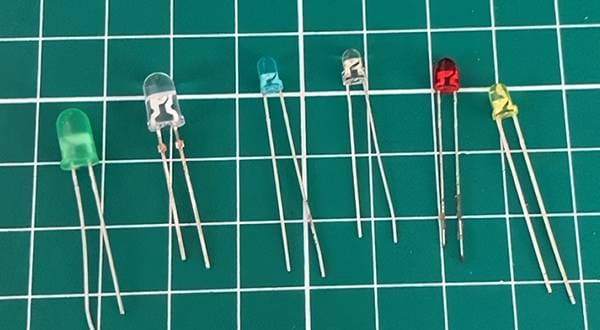
![[Guitarist’s Perspective] Equipment that is Thought to Improve Sound Just by Passing it Through Part 2 - Clean Boosters](/contents/uploads/thumbs/2/2023/3/20230307_2_21607_1.jpg)
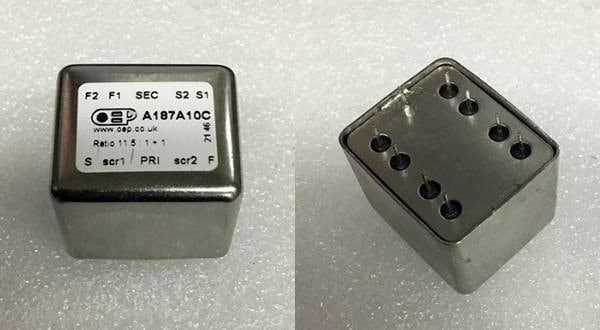
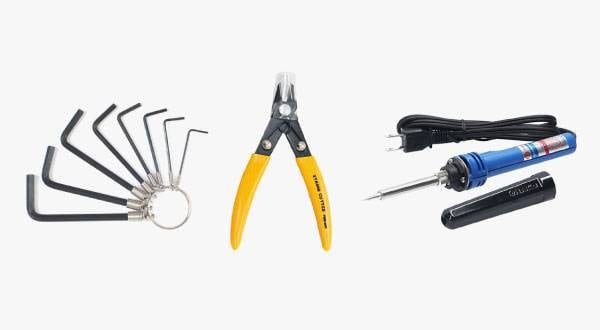
 はじめてのエフェクターは GT-1 にしよう
はじめてのエフェクターは GT-1 にしよう
 【初心者向け】エフェクター講座
【初心者向け】エフェクター講座
 あなたのエフェクターボード見せてください
あなたのエフェクターボード見せてください
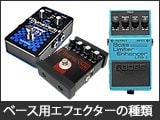 ベース用エフェクターの種類
ベース用エフェクターの種類
 エフェクターのつなぎ方
エフェクターのつなぎ方
 エフェクターの種類
エフェクターの種類















